Estadio de Gimnasia del Parque Olímpico (올림픽공원체조경기장)
14.0Km 2025-04-07
Olympic-ro 424, Songpa-gu, Seúl
Mercado Mayorista de Productos Agrícolas y Pesqueros de Garak (가락농수산물종합도매시장)
14.1Km 2024-02-19
Yangjae-daero 932, Songpa-gu, Seúl
Parque de Atracciones Seoulland (서울랜드)
14.1Km 2023-02-21
Gwangmyeong-ro 181, Gwacheon-si, Gyeonggi-do.
Seoulland es el primer parque temático de Corea y el monte Cheonggyesan que lo rodea tiene una belleza particular. En Seoulland están la Plaza del Mundo, donde se exponen obras de arquitectura tradicional y piezas folclóricas de todo el mundo; el Jardín Samcheonni, donde se puso énfasis en el disfrutar de los objetos tradicionales coreanos; el País Modelo, que recuerda el período de la conquista del oeste norteamericano; y el País de las Maravillas. En total hay cinco parques temáticos que componen Seoulland. En cuanto a juegos de recorrido están el Crucero Espacial, el Hoyo Negro 2000, el Tren de la Galaxia, las Corrientes Rápidas, la Alfombra Mágica, entre un total de 40 juegos, y también dispone de espectáculos en el Teatro de Aventuras, Salas de Cine, el País de los Cuentos, entre otros.
El orgullo de Seoulland es la variedad de festivales según las estaciones que organiza y el espectáculo nocturno de rayos láser. Seoulland, levantada sobre una gran extensión de tierra, alberga varios festivales en cada estación del año. De abril a mayo, el Festival de los Tulipanes; de julio a agosto, el Festival de las Rosas Estelares; de septiembre a octubre, el Festival de los Crisantemos; y de diciembre a febrero, el Festival de las Luces sobre Nieve.
Puesto que el Parque de Diversiones Seoulland tiene cerca al Gran Parque de Seúl, el Bosque de Relajación del Monte Cheonggyesan, el Museo Nacional de Arte Contemporáneo y otras excelentes atracciones turísticas, es hoy en día uno de los destinos más populares para el descanso.
Reserva Ecológica de las Tumbas Heoninneung (Bosque de Alisos) (헌인릉 생태경관보전지역(오리나무림))
14.1Km 2021-03-23
Heoninneung-gil 34, Seocho-gu, Seúl.
+82-2-445-0347
Las tumbas del rey Taejong y su esposa se llaman Heonneung, y la tumba Inneung es del rey Sunjo y su esposa. Por debajo de estas tumbas hay un bosque de alisis con una superficie de 56.200 metros cuadrados, que fue registrado por el Ayuntamiento de Seúl como Reserva Ecológica.
Parque Ecológico de Humedales de Gangseo (강서습지생태공원)
14.1Km 2021-02-04
Yangcheon-ro 27-gil 279-23, Gangseo-gu, Seúl
El Parque Ecológico de Humedales Gangseo está localizado en la zona sur del río Hangang, entre los puentes Bangwha y Hangju. Establecido en julio de 2007, el parque consta de humedales, lagos de agua dulce y varias plantas acuáticas. Los eco-senderos serpentean a través de las áreas llenas de juncos y sauces, y llega hasta más allá del observatorio de las aves migratorias. En el parque, los visitantes pueden ver y aprender sobre la migración de las aves durante el verano y el invierno, o unirse a los programas eco-educativos que se organizan.
Tumbas Reales Heolleung e Illeung en Seúl (서울 헌릉과 인릉) [Patrimonio Cultural de la Humanidad de la Unesco]
14.1Km 2025-05-21
Heonilleung-gil 34, Seocho-gu, Seúl.
El monte Daemosan detrás de la Tumba Real Heonilleung era llamado originalmente Halmisan (que significa "abuela" en coreano), porque su forma recuerda a una mujer anciana. La Tumba Real Heonilleung alberga los túmulos de dos reyes de la dinastía Joseon (1392-1910): Taejong (1401-1418) y Sunjo (1800-1834). Heonilleung cuenta con numerosas estatuas de piedra y restos arqueológicos, siendo un buen lugar para experimentar la cultura de la dinastía Joseon. Al acercarse a los túmulos, aparece una puerta con el símbolo del taegeuk (yin-yang), marcando el límite entre este mundo y el más allá. Al atravesar la puerta roja, se llega a una construcción en la que se oficiaban antiguos rituales funerarios. Tras esta construcción, se encuentra la tumba real. Alrededor de este lugar se encuentran esculturas de animales llamadas japsang, usadas para alejar los malos espíritus. También hay una estatua de un militar ofreciendo su espada, con su caballo tras él.
Museo de Arte Soma (소마미술관)
14.1Km 2023-04-13
Olympic-ro 424, Songpa-gu, Seúl
+82-2-425-1077
Es un complejo cultural y artístico de dos pisos, ubicado en el interior del Parque Olímpico de Seúl. Posee una superficie de 3.300㎡ y se observa el parque de esculturas por la ventana del fondo. El estilo arquitectónico del edificio es ecológico y moderno, ya que se ha utilizado la madera respetando su forma original. Consta con 5 salas de exhibición y una sala de videoarte. En el parque de esculturas, podrá encontrar 204 piezas artísticas y 8 esculturas de 3D de artistas famosos a nivel mundial.
Luego de la remodelación, el museo ha ampliado la cantidad de instalaciones multifuncionales; salas de exposición, centro de dibujo, estudio para las clases de arte, etc., entre otras áreas de comodidad. Realiza programas culturales y educativas durante todo el año, variedad de exposiciones, clases especiales de arte para los adolescentes y adultos, reproducción de vídeos, eventos para el Día del Niño, apertura nocturna, etc.
Woori Art Hall (우리금융아트홀)
14.1Km 2025-04-01
Olympic-ro 424, Songpa-gu, Seúl
Woori Art Hall es un espacio de arte cultural ubicado dentro del Parque Olímpico de Seúl, inaugurado en noviembre de 2009 después de un proyecto de renovación de dos años del anterior Estadio Yeokdo. La sala con capacidad para 1.184 asientos es principalmente para musicales, pero también puede albergar una variedad de espectáculos que incluyen obras de teatro, danza y música clásica y moderna.
Zona de Acampe de la Aldea Jeonwonilgi (전원일기마을캠핑장)
14.2Km 2025-06-10
Iryeong-ro 327-beongil 227-15, Jangheung-myeon, Yangju-si, Gyeonggi-do
Sitio Prehistórico de Amsa-dong en Seúl (서울 암사동 유적)
14.3Km 2025-06-25
Olympic-ro 875, Gangdong-gu, Seúl.
El Sitio Prehistórico de Amsa-dong muestra el estilo de vida de la era Neolítica (7000 a.C.-1000 a.C.). Inclusive el portal de la entrada tiene forma de un enorme dolmen y aún los cestos de basura son recipientes de barro con decorado de líneas diagonales. El lugar fue excavado en 1925 cuando una inundación arrastró la tierra de los bancos de sedimentos de la ribera del río Hangang y dejó al descubierto un gran número de vasijas con decorado de líneas diagonales.
El sitio había sido base de residencia de una colonia masiva de hombres primitivos, por ello se descubrieron edificaciones muy antiguas, hachas y flechas de piedra, así como también, una infinidad de vasijas y recipientes de barro con decoraciones de líneas diagonales. Las ruinas de las casas se muestran con su forma circular y en el centro la marca de las fogatas encendidas que pertenecen a la era neolítica. El sitio es colosal en cuanto a las dimensiones y posee nueve cabañas de lodo, dos salas de exposición donde se muestran los antiguos artefactos y una cabaña de lodo abierto donde los visitantes pueden vivir la experiencia de la vida en la era neolítica. Asimismo, el lugar ofrece muchas atracciones tales como chozas de lodo y sendas de paseo. Es un espacio educativo para los niños y grupos de familias que deseen aprender y tener experiencias de la Edad Neolítica.

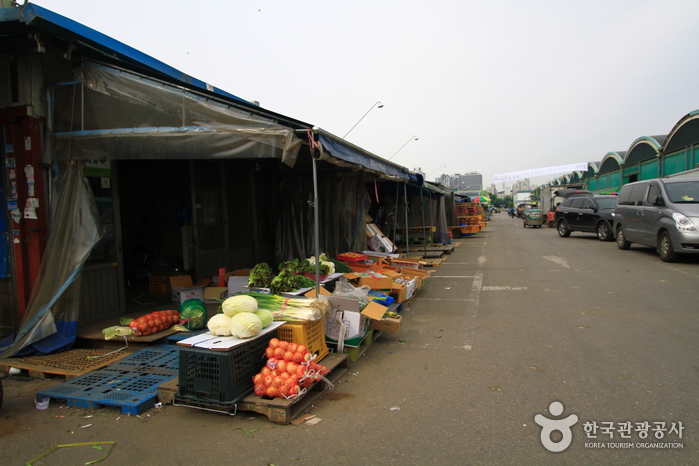
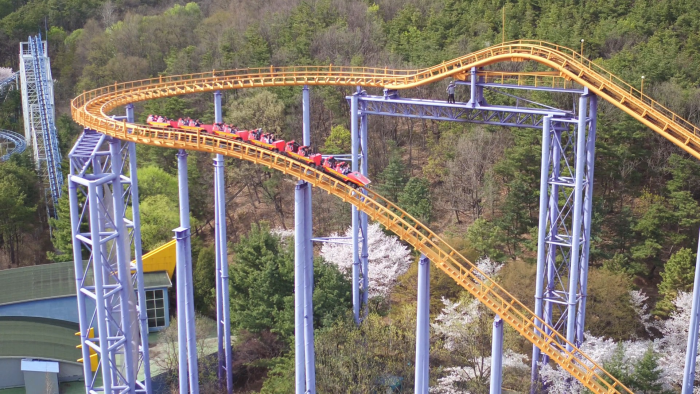
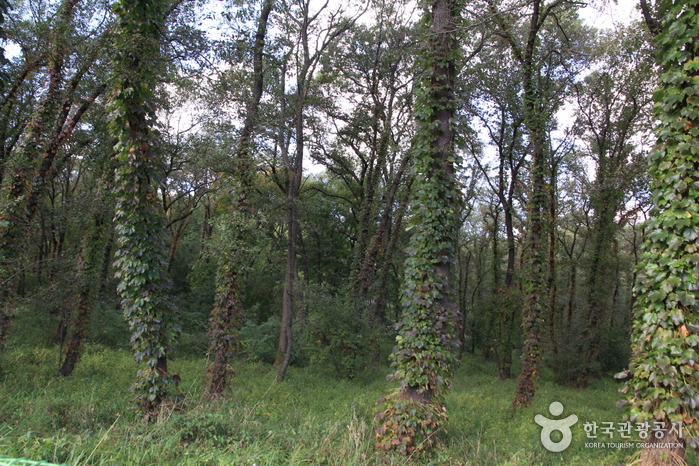
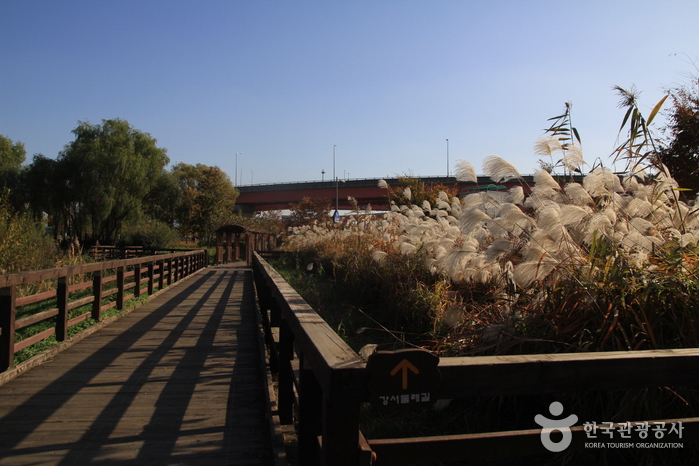
![Tumbas Reales Heolleung e Illeung en Seúl (서울 헌릉과 인릉) [Patrimonio Cultural de la Humanidad de la Unesco]](http://tong.visitkorea.or.kr/cms/resource/46/1985246_image2_1.jpg)
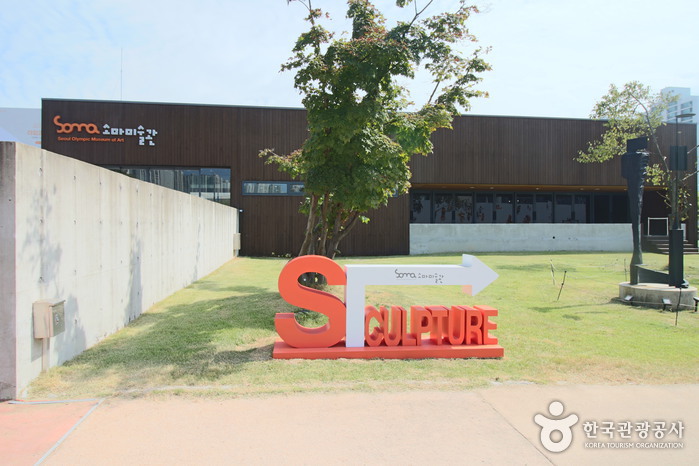
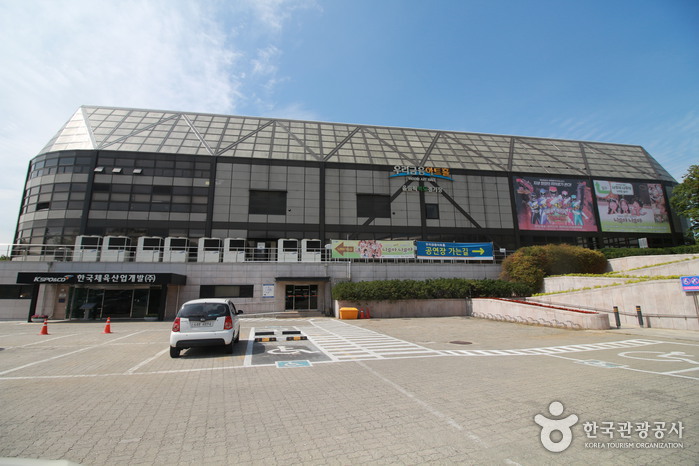
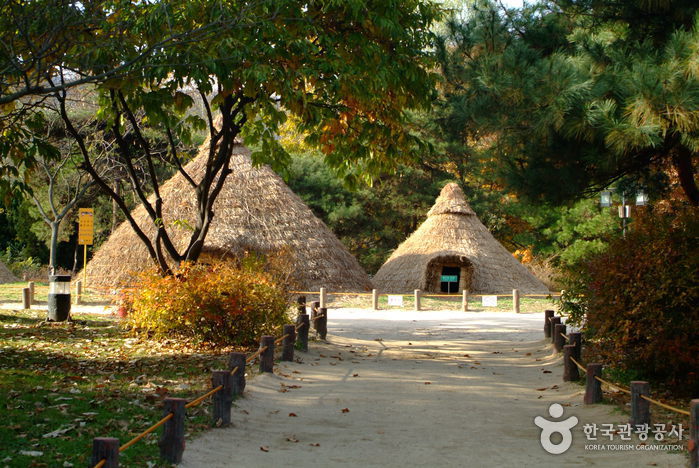
 Español
Español
 한국어
한국어 English
English 日本語
日本語 中文(简体)
中文(简体) Deutsch
Deutsch Français
Français Русский
Русский